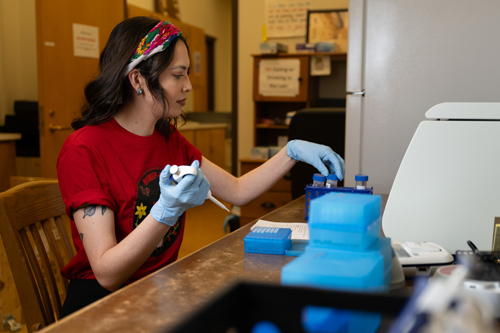Mahanoy Area School District v. B.L. is the first U.S. Supreme Court decision addressing whether public schools may constitutionally regulate off-campus student speech. The Supreme Court’s prior student-speech decisions involved speech on school grounds, during school-sponsored events or in school-sponsored publications.
The Supreme Court’s 8-1 recent decision in Mahanoy allows both sides to claim victory, according to Clare Norins, director of the University of Georgia School of Law’s First Amendment Clinic, who also serves as an assistant clinical professor.
Does the new U.S. Supreme Court ruling back off-campus student free speech?
The Supreme Court affirmed the U.S. Third Circuit Court of Appeals’ finding that high school cheerleader Brandi Levy’s off-campus speech involving a profanity-laced message to her SnapChat followers was protected by the First Amendment and should not have been punished by the school. This is a win for B.L.
Does the new ruling allow for schools to regulate off-campus speech?
The Supreme Court rejected the Third Circuit’s bright-line rule that schools lack the authority to regulate any off-campus speech, holding instead that “school’s regulatory interests remain significant in some off-campus circumstances.” This is a win for the Mahanoy Area School District and public school administrators, generally.
What guidance does the Supreme Court offer to schools regarding future off-campus student speech regulation?
The U.S. Supreme Court declined to “set forth a broad, highly general First Amendment rule” about when schools can constitutionally regulate off-campus student speech but provided some guiding principles. They are:
- Off-campus speech will normally fall within the zone of parental responsibility rather than the school’s responsibility.
- Schools must safeguard students’ freedom to express unpopular viewpoints and opinions, particularly when it occurs off-campus.
- A school would shoulder a “heavy burden” to justify intervention based on a student’s off-campus political or religious speech. The Supreme Court did not more specifically define what that “heavy burden” would be.
How will future off-campus free speech rules be determined?
In the wake of the Mahanoy ruling, it will be left to the lower courts – namely state and district courts – to determine on a case-by-case basis when off-campus student speech presents a serious enough risk of substantial disruption of school activities or an invasion of others’ rights to warrant punishment by the school.
###


